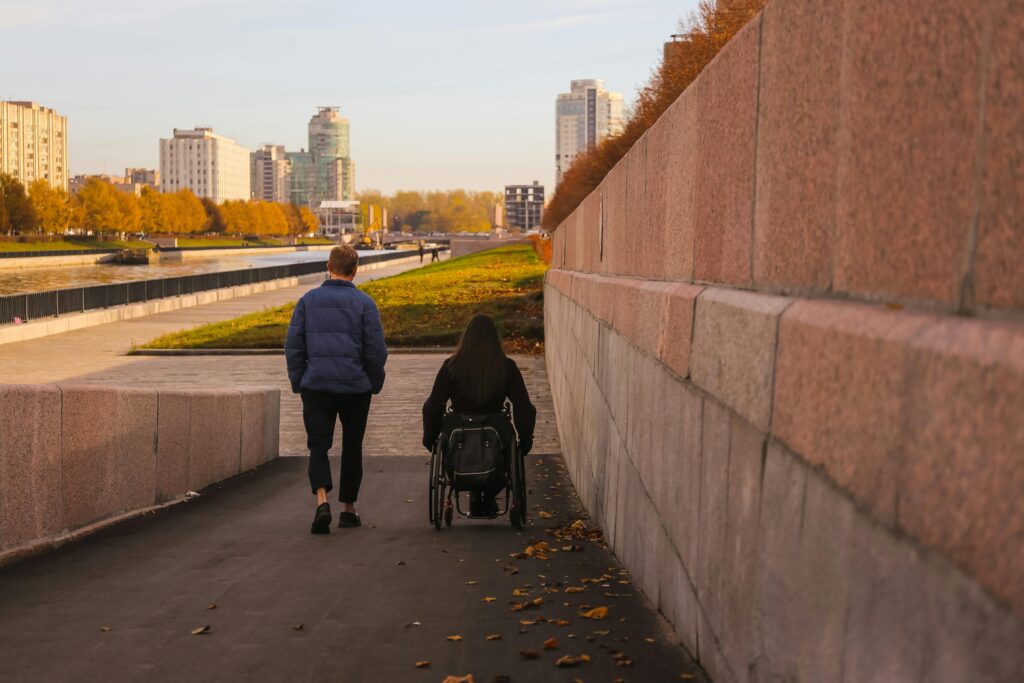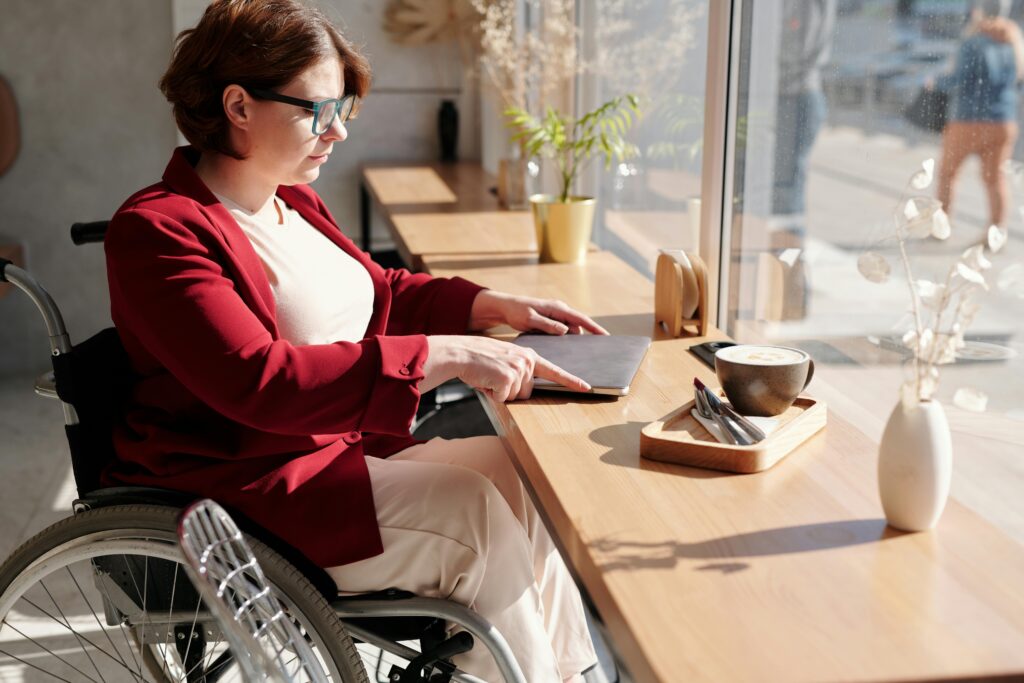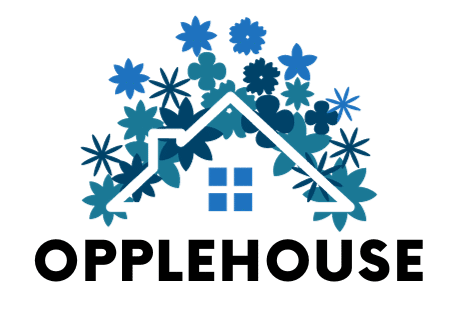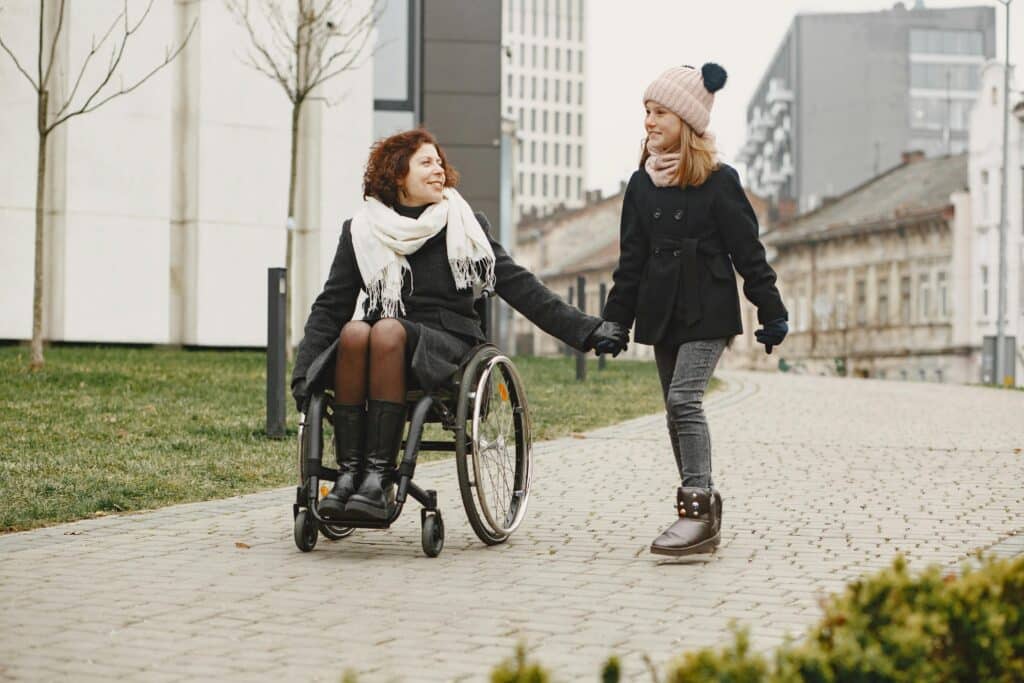When we talk about the future of cities, we usually picture glass towers, digital dashboards, and energy-efficient systems. But the smartest buildings aren’t just about technology — they’re about people. The real innovation happens when a building quietly adjusts itself to fit the needs of everyone who enters, regardless of age or ability.
Smart building platforms are starting to reshape how we experience spaces. They turn data into empathy — anticipating needs, easing movement, and making everyday life simpler for those who might once have struggled with it.
A New Way to Think About Accessibility
For years, accessibility was mostly about architecture: adding ramps, widening doors, installing elevators. These changes opened many doors, literally and figuratively. Yet accessibility isn’t only physical anymore — it’s emotional, sensory, and digital.
Modern buildings are filled with sensors and software that learn from behavior. They can dim lights when glare becomes uncomfortable, open doors automatically, or adjust temperature zones in real time. The idea is simple: create an environment that responds to people instead of forcing people to adapt to it.
To measure whether this vision works in practice, facility teams can analyze the building effectiveness. Detailed data helps spot small obstacles that affect comfort — like slow-reacting lifts or noisy ventilation — and provides insight for real improvements, not just design tweaks.
Smarter Navigation for Everyone

If you’ve ever gotten lost in a hospital or airport, you know how stressful big buildings can be. Now imagine that stress multiplied for someone with limited sight or cognitive challenges. Smart navigation systems are changing that story.
Digital wayfinding tools use Bluetooth, sound cues, or gentle vibrations to guide people to their destination. A phone might speak directions out loud or vibrate when it’s time to turn. Some buildings use color-coded screens or subtle lighting paths to make routes clearer for everyone.
It’s a simple idea that removes an invisible barrier — one that many of us don’t even notice until we see how much it matters.
Automation as a Form of Independence
For people with mobility issues or elderly individuals, even small movements can be tiring. Automation gives back something priceless: independence.
Imagine lights that switch on when you enter, doors that open with a quiet hiss, or temperature that stays just right without you lifting a finger. Smart building platforms make those small gestures automatic. They can be controlled through voice commands or phone apps, so no one needs to rely on others for help.
Accessibility, in this sense, becomes invisible — woven into daily life, not highlighted as a “feature.”
Comfort and Safety Through Subtle Adjustments
Comfort is personal. Some prefer bright light; others are sensitive to glare. Older adults may feel cold faster. People on the autism spectrum may be overwhelmed by sudden noise.
Smart platforms monitor and adjust the environment constantly — tweaking air quality, balancing humidity, or lowering blinds as the sun shifts. You don’t notice these changes directly, but you feel them. The space just feels right — calm, clear, comfortable.
It’s not only good design; it’s thoughtful design, rooted in how people actually live and move.
Voice and Gesture: Communication Beyond Touch
Voice control and gesture recognition used to sound futuristic. Now, they’re becoming the standard for inclusive interaction. A wave of the hand can open a door. A short voice command can dim the lights.
For those with arthritis, tremors, or limited reach, touchless control can mean full independence. Hospitals and shared offices also benefit from the hygiene advantage. Combined with user profiles, these systems can remember preferences — lighting levels, desk height, or even background music — creating a personalized experience that feels quietly human.
Predictive Maintenance: Keeping Accessibility Running Smoothly
Accessibility fails instantly when something stops working. A broken lift, jammed door, or flickering light can make a space unusable for someone who depends on it.
Smart building platforms can predict such failures. By tracking vibration patterns, energy use, and wear, they warn teams before a breakdown occurs. A small alert today can prevent a big inconvenience tomorrow.
It’s the unseen part of inclusivity — keeping the invisible infrastructure alive and dependable.
Safety When It Matters Most
During an emergency, every second counts — and so does communication. Smart systems tailor evacuation plans to real people, not just floor layouts.
A deaf occupant might get a flashing light or phone alert. Someone with low vision might receive a voice guide to the nearest safe zone. Sensors can even share real-time data with rescue teams, ensuring no one is left behind.
These systems turn chaos into coordination, giving everyone a fair chance to reach safety.
Learning From Data, Evolving With People
A smart building isn’t static. It learns. It tracks how spaces are used, where crowds form, and what conditions make people comfortable.
Over time, this creates a kind of building memory — a pattern of insights that helps managers fine-tune everything from lighting to cleaning schedules. Data replaces guesswork. Upgrades stop being reactive and start being proactive.
Accessibility, then, becomes a living process, continuously adapting to real human needs.
Bridging the Digital Gap

There’s another kind of accessibility that’s easy to overlook: digital comfort. Not everyone is tech-savvy. For some older users, smart systems can feel intimidating.
That’s why thoughtful design matters. Clear instructions, friendly icons, voice prompts in multiple languages — all help users feel confident instead of lost. The goal is to make technology disappear into the background, leaving only ease and familiarity behind.
The Bigger Picture: A World That Listens
When a building “listens,” life becomes smoother. People don’t have to ask for help; the environment simply responds. Smart platforms make that possible, turning cold infrastructure into something that cares, in its own quiet way.
They redefine efficiency — not as saving money or energy, but as saving effort, time, and frustration.
To explore how these technologies come together to create more inclusive spaces, you can learn more about Peak platform.


